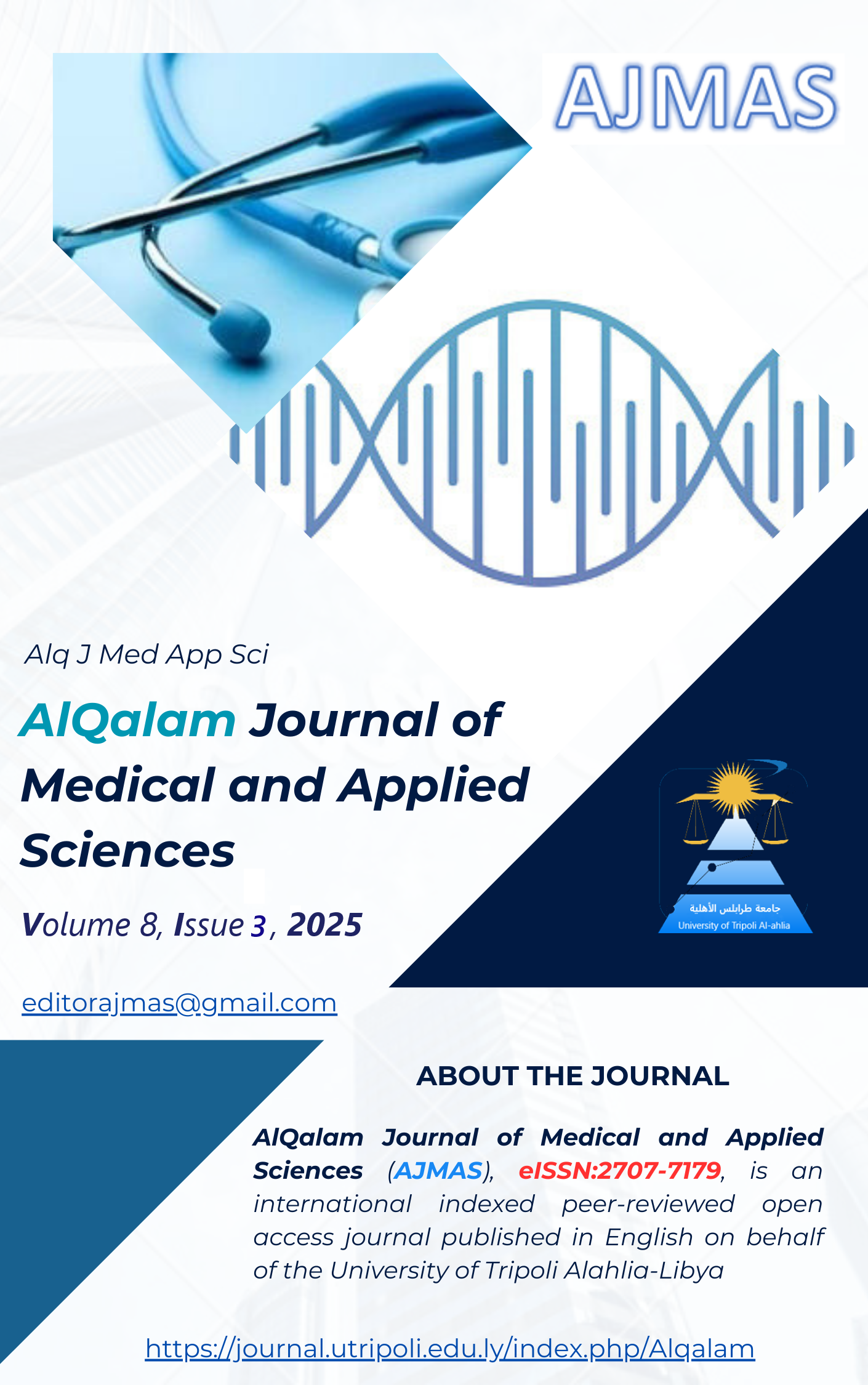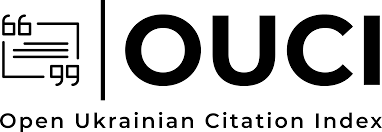In-Silico Investigation of Phytochemicals from the Endemic Libyan Plant Arbutus pavarii as Potential COX-2 Inhibitors
DOI:
https://doi.org/10.54361/ajmas.258356Keywords:
Phytochemical, Drug Likeness, Drug design, Databases, Arbutus pavarii, LibNPDBAbstract
Arbutus pavarii Pamp. (Al-Shmari) is an endemic species native to the El-Gabel El-Akhdar region of Libya, characterized by its Mediterranean climate. This plant holds a long-standing tradition of medicinal use for its analgesic and anti-inflammatory effects, yet its comprehensive chemical profile and therapeutic potential remain largely unexplored. To initiate this investigation, a comprehensive data mining of scientific literature was conducted to systematically collect and catalogue phytochemicals from A. pavarii. This effort resulted in a dataset of 78 distinct compounds, which were compiled for inclusion in Libya’s first Natural Products Database (LibNPDB). Subsequently, advanced chemoinformatic methodologies including drug-likeness, toxicity predictions, and molecular docking against the cyclooxygenase-2 (COX-2) enzyme were employed to evaluate the potential anti-inflammatory and analgesic effects of these compounds. The computational analysis revealed that 14 of the 78 compounds exhibit significant inhibitory potential, with predicted binding affinities against the COX-2 enzyme that are comparable or superior to established non-steroidal anti-inflammatory drugs (NSAIDs). These results provide a strong molecular basis that substantiates the plant's traditional use and confirm that compounds from A. pavarii represent promising scaffolds for the development of novel analgesic and anti-inflammatory agents. The compounds catalogued in this study have been integrated into the Libyan Natural Products Database (LibNPDB), expanding its content and reinforcing its value as a tool for local and global drug discovery. Furthermore, this research highlights the pharmacological significance of Libya's endemic flora, underscoring the critical need for biodiversity conservation and its potential contributions to health innovation worldwide.
Downloads
Published
How to Cite
Issue
Section
License
Copyright (c) 2025 Abdelkarim Sasi, Safa Biauo

This work is licensed under a Creative Commons Attribution 4.0 International License.















